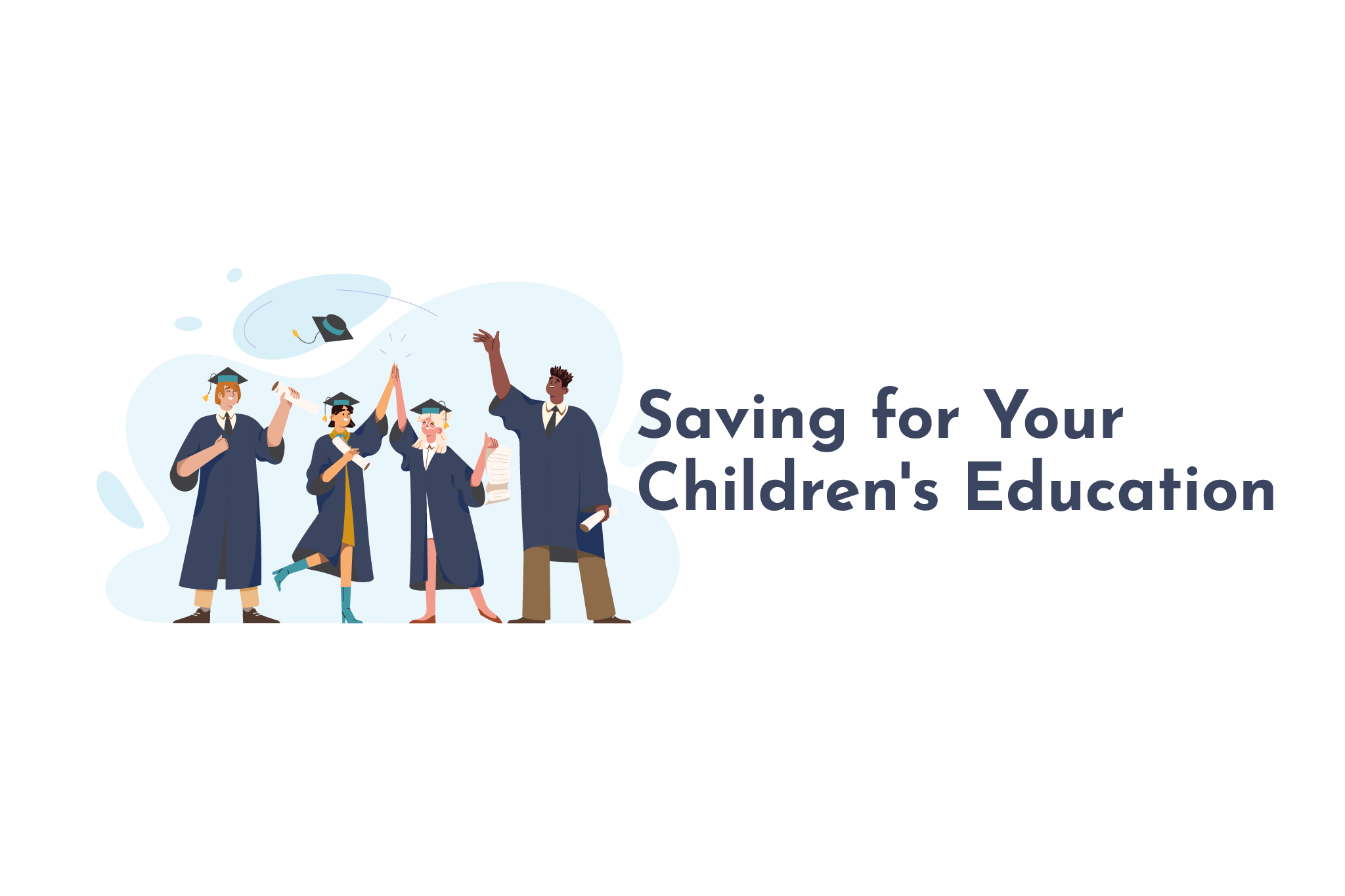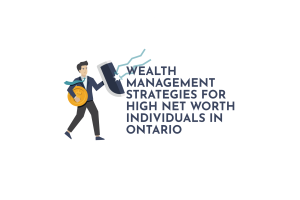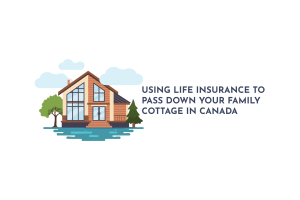Canada is a country where higher education is valued at an exceptional rate. It has been estimated that almost 60% of Canadian adults have attended college or university. This is one of the highest percentages of people who have attended post-secondary school in the developed world. As technology evolves and the world changes with that evolution, it is expected that more and more jobs in the future will need some sort of college, university or vocational school education to successfully acquire them. What does this mean as part of your financial plan? Consider this. In 2018, it was estimated that a child born that year would face a first-year university bill in the range of $30,000 if they lived in residence at their school. Extrapolate that to a four-year degree, and you see that the amount is $120,000. University tuition alone is expected to be in the range of $17,000 a year by the time someone born in 2018 lands in school in the year 2037. With this in mind, let’s take a look at one of the best ways to save for your child’s education, RESP, and why you should seriously consider it.
In This Article:
- How to Save for Education in Canada
- Why Use an RESP?
- Withdrawals from an RESP
- Why Save for Your Children’s Education?

How to Save for Education in Canada
One of the better savings plans that we have available in Canada is the Registered Education Savings Plan (RESP). The RESP is a plan that is targeted directly at saving for the education expenses of your children. As a quick introduction, there are a few terms that you need to understand when looking at the RESP landscape. The beneficiary is the person who will spend the money on post-secondary education. The subscriber or owner is the person who contributes money to the RESP. There are three types of RESPs available:
- Individual RESPs – These are plans that have a single beneficiary. These are great solutions for single-child families or if you are looking to contribute to an RESP for someone you are not related to.
- Family RESPs – Ideal for families with multiple children. All of the beneficiaries must be related to the subscriber. These plans allow for the money to be paid out to multiple beneficiaries, and there is no requirement that the funds be split equally. There are guidelines about how much grant money can be paid out to each child. More on that later…
- Group RESPs – These are often referred to as scholarship plans. This approach pools your deposits with a number of people to try and take advantage of more growth potential based on a larger investment pool. You agree to deposit a certain amount of money into the plan, and this purchases shares in the plan for you. How many shares you own, how much the plan made, and how many beneficiaries are part of the pool will determine what the payout is for your kids in the future.
When looking at what type to choose, you need to know that there are fundamental differences between the group RESP and the other two types. These differences often come down to fees. Group RESPs typically include membership fees that you pay when you open the account. These fees can end up totalling thousands of dollars for a beneficiary, and if you miss a scheduled payment or if your child doesn’t attend a qualifying post-secondary educational program, these fees are often forfeited. In fact, the idea that people drop out of the plan or don’t attend post-secondary school will provide a significant portion of the total payment that is received by those beneficiaries who have stuck with the plan following the terms of their enrollment. Individual and Family RESPs are very similar to any RRSP or TFSA investing that you currently do. You can set these up through your financial advisor, and there are no membership fees or schedules that need to be followed. There can be investment management fees; these will vary depending on who manages the funds for you and, again, will be similar to any other investing that you do.
Why Use an RESP?
This answer is simple. The Canadian Government pays grant money into an RESP to match a portion of your annual contributions. The Canadian Education Savings Grant (CESG) is payable so that in any given year, the Government will match your deposits with 20% in grant money up to a maximum of $500. This means that if you deposit $2500 in the account, the government chips in $500 as well. The lifetime cap on CESG payments is $7200. There are additional assistance programs available for low-income families in the form of the Canada Learning Bond and an enhanced CESG. The great thing about the grant money is that it accumulates like your unused RRSP room, so if you have a child who is five and you’ve never opened an RESP for them, you have uncaptured grant money that you are able to gain by making deposits into the plan. If you have unused CESG that has been carried forward, you can capture up to two years’ worth at once, meaning that you could receive grant money on up to $5000 in deposits until you have caught up on all the missed years. One important thing to note regarding the CESG is what happens when the beneficiary is 16 or 17 years old. You can’t just open an RESP for a 16-year-old and collect the grant money. The rules state that one of the following conditions needs to be met:
- a minimum of $2,000 was contributed to (and not withdrawn from) the RESP of the child before the end of the calendar year the beneficiary turned 15
- a minimum annual contribution of $100 was made to (and not withdrawn from) the RESP in at least four of the years before the end of the calendar year the child turned 15

Withdrawals from an RESP
Even though you may not be able to see it on your statements, your RESP contains three categories of money. These three categories are:
- Contributions – deposits into the plan made by the subscriber.
- Government Benefits – This is the CESG and any learning bonds or benefits provided by the Provincial Government.
- Growth – this is the amount of investment growth that has happened on the money from the other two categories.
The fact that these three amounts are tracked separately becomes important when withdrawing money from the RESP. There are different types of payments you can request from an RESP:
- Educational Assistance Payment (EAP). An EAP includes money from government benefits as well as growth. An EAP is considered taxable income in the hands of the beneficiary. This is preferable to being taxable to the subscriber because, typically, the student is in a lower tax bracket than the subscriber.
- Contribution Withdrawal – This is when the subscriber requests that their contributions be withdrawn and returned to them. Since the contributions are made from after-tax dollars, there is no taxable income triggered for a return of contributions.
- Accumulated Income Payment (AIP) – This is a withdrawal of the growth portion of the plan. Usually, by the subscriber, it is taxable income and is subject to an additional 20% tax (to account for the fact that 20% of the growth occurred on the CESG contributions)
You can make an EAP request when your child is enrolled in a qualifying post-secondary education program. To be a qualifying full-time student, the course must last at least three weeks and have a minimum of 10 hours of instruction per week. For part-time studies, the course must be at three consecutive weeks and require no less than 12 hours a month to be spent on the course by the student. If these qualifications are met, you can request an EAP. The limit on the EAP is $8000 for the first thirteen weeks of studies for full-time students and $4000 for the same time frame for part-time students. If you need more than the $8000 during the first 13 weeks, you are able to make a request for an increased amount as an EAP, but that request needs to be approved by the Canada Education Savings Program. Alternatively, you, as the subscriber, could request a contribution withdrawal to top up to the amount you need.
One more note about the CESG. Remember earlier when I mentioned that the RESP contains money in different categories, even if you can’t see it on your statement? And remember how the Educational Assistance Payment is made up of grant money and growth? It is important to know that no one beneficiary is allowed to receive more than $ 7,200 in CESG money paid out to them. If the RESP is an individual plan, this isn’t an issue because there won’t be more than that amount in the plan. If you are dealing with a family plan, there is the potential that there could be more than $ 7,200 in the plan because of multiple beneficiaries. This creates the potential for one beneficiary to go over the limit. If this happens, the overage needs to be repaid. When you make an EAP request, it is always a good idea to ask how much CESG money has been paid to that beneficiary in the past to make sure that the lifetime $7200 limit is not exceeded.
If none of the beneficiaries for the RESP go to a qualifying educational program, you have a few choices; you can leave it open in case attending school happens in the future, for example. There are time limits that apply to how long an RESP can stay open, but if it looks like the beneficiary is simply taking a gap year, you may want to consider this option. Suppose it looks like post-secondary education is not in the cards for the plan beneficiaries. You may want to choose to withdraw the money and close the plan. If you do that, your contributions are returned to you, the Government takes back its contributions and then the growth is paid to the subscriber as an AIP, so taxable income (and that additional tax) will apply.
Why Save for Your Children’s Education?
As the world continues to evolve, the changes are being reflected in what employers are looking for in qualified candidates. With so many adults in Canada having completed some type of post-secondary education, it becomes more and more necessary for future generations to have higher education to compete for jobs. It is estimated that the average student debt load is $26,000 currently. This number only looks to balloon as time passes and education-related expenses increase. If you have children right now and look into their future, what do you see? With the combination of skyrocketing real estate prices and debt load from attending post-secondary school, many young adults face the reality of being unable to do the things that previous generations considered rights of passage. In 2011, it was estimated that 44% of people between the ages of 25 and 29 owned a home. In 2021, that number decreased to 36%. This trend is expected to continue as interest rates have moved up from historical lows to make qualifying for a mortgage with no debt difficult. As a parent, being able to contribute to paying for your child’s education helps give them a leg up when it comes to becoming financially independent in the future and attaining the dreams they have. If you would like more information on RESPs or would like to start saving, reach out to one of our trusted financial advisors.





